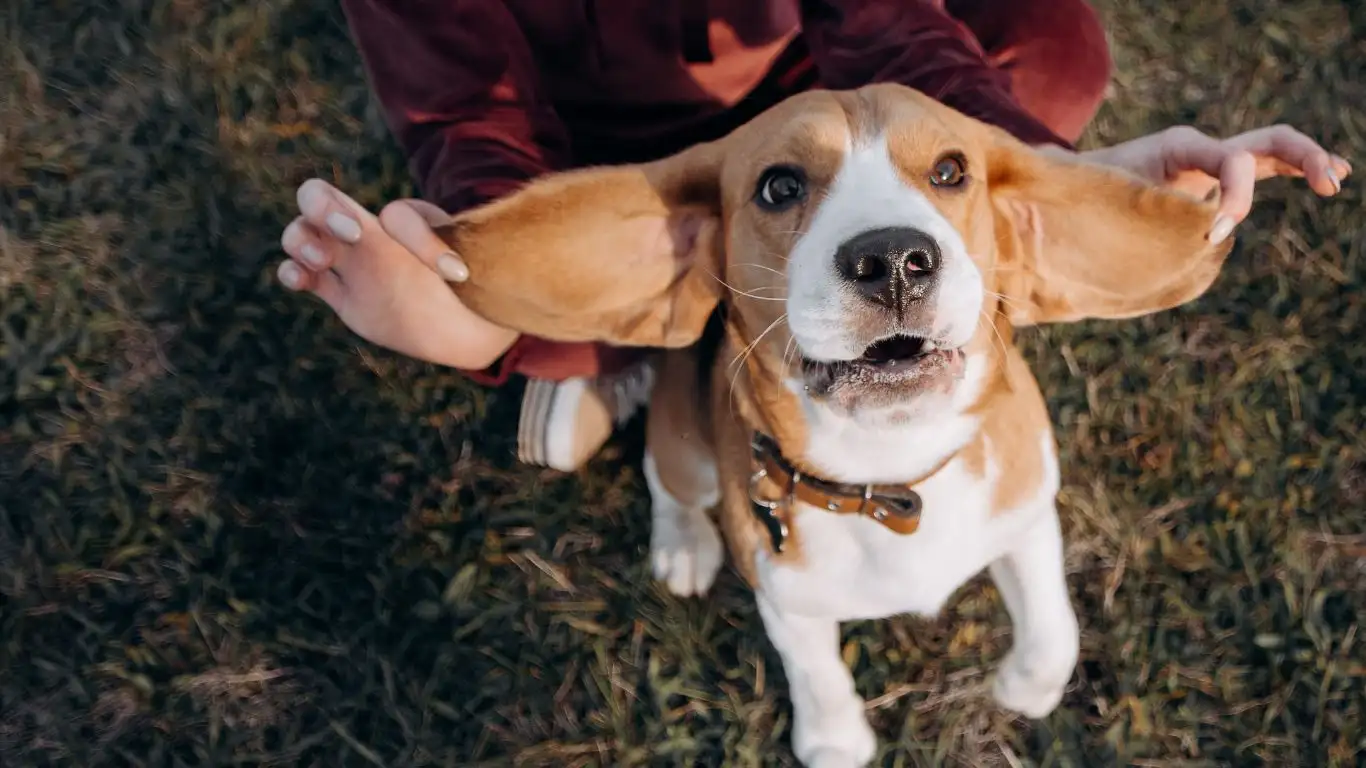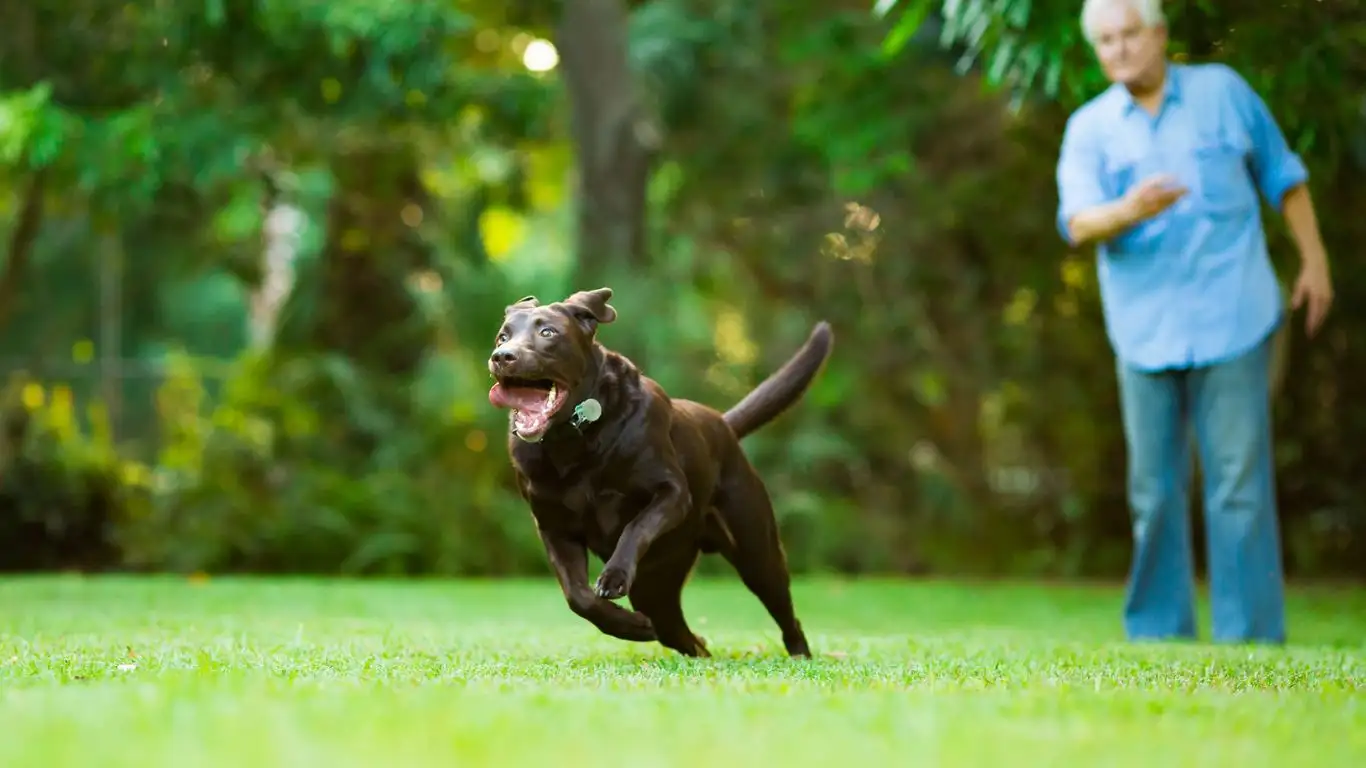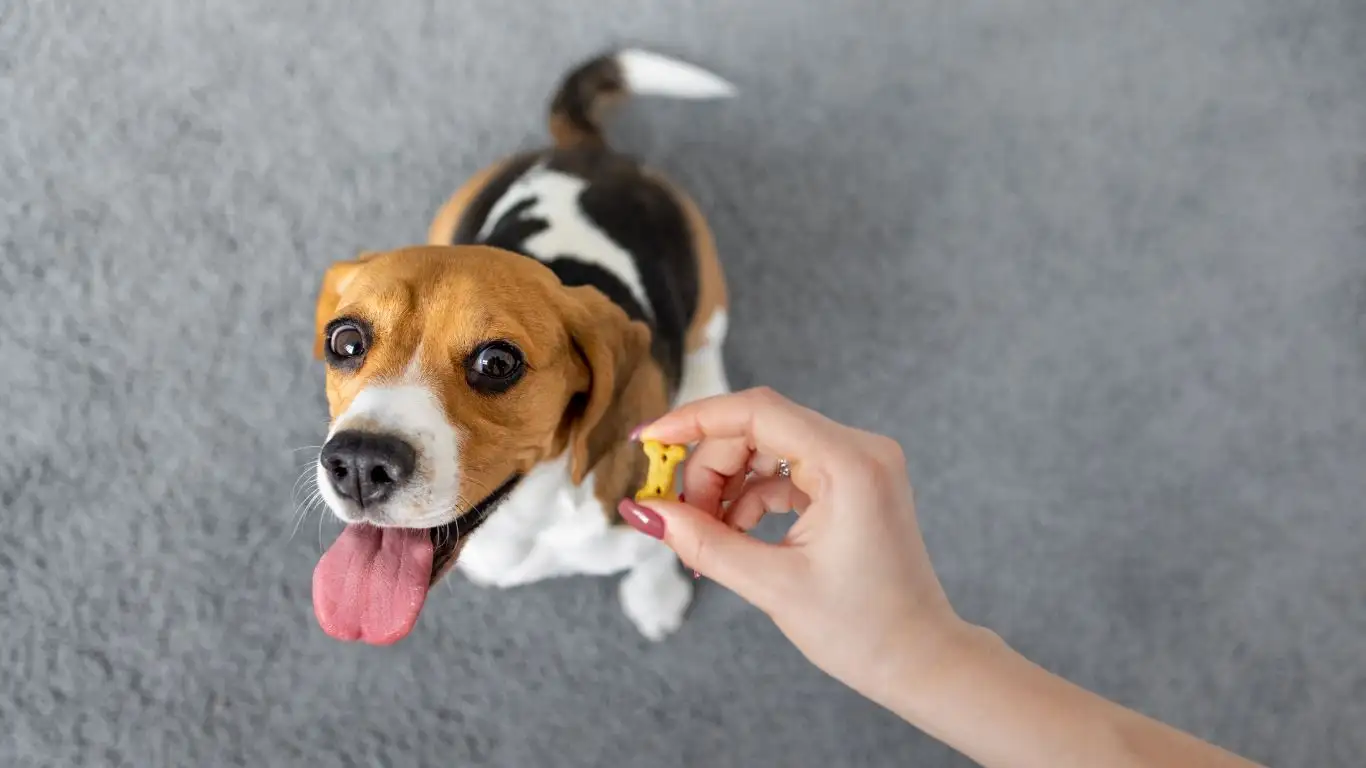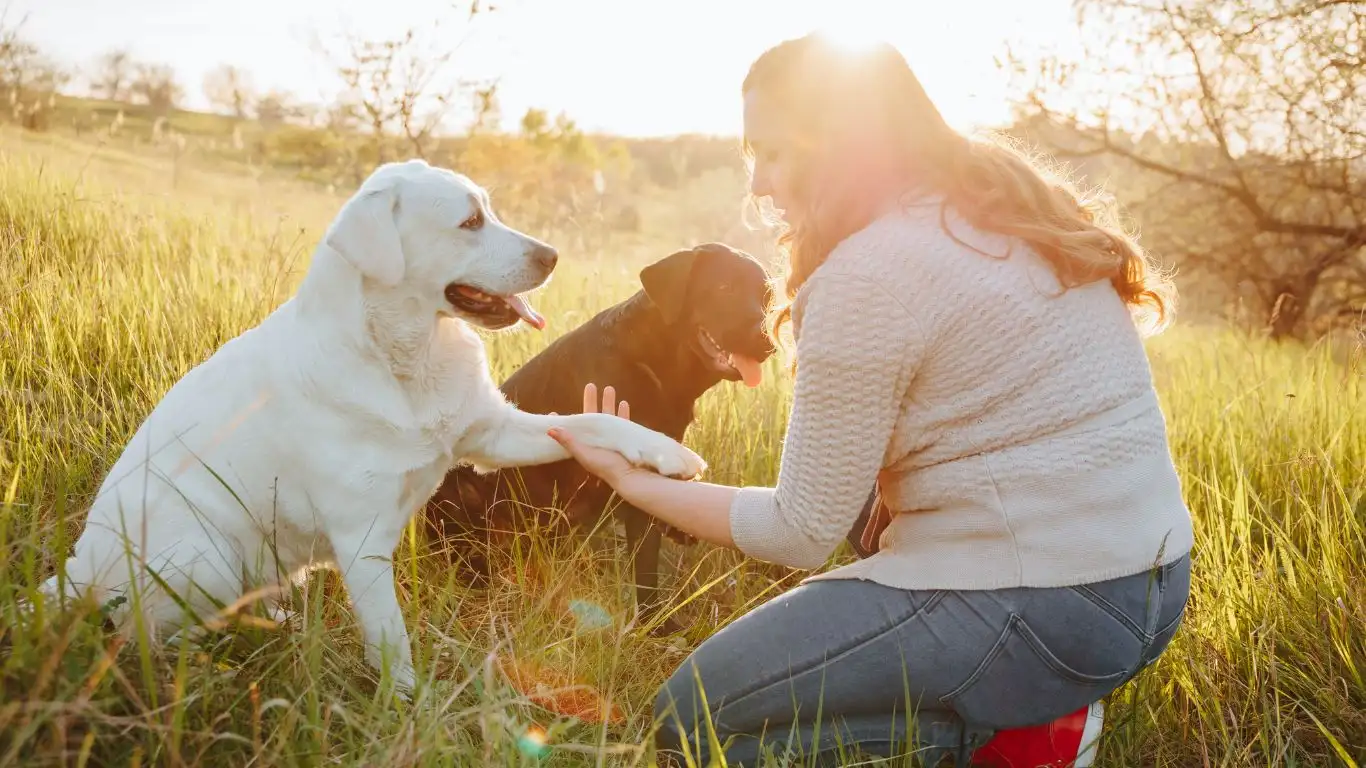Essential Dog Health Tips Every Pet Parent Should Know
As a dog owner, one of the most important things you can do is ensure your furry friend stays healthy. Over the years, I’ve learned that taking proactive steps to keep your dog in top shape not only improves their quality of life but also strengthens the bond you share with them. Let’s dive into some essential dog health tips every pet parent should know, so you can give your dog the best care possible.
Understanding Your Dog’s Basic Health Needs
Every dog is different, but they all share some basic health requirements. Understanding these needs is the first step in ensuring that your dog stays healthy and happy throughout their life. Dogs, like humans, need a good mix of exercise, proper nutrition, and mental stimulation. Let me share a quick story about my own dog, Bella. When I first got her, I didn’t fully understand the importance of a balanced diet and regular vet check-ups. Over time, I realized how much healthier she was once we found a consistent routine. Dogs thrive on consistency, and by setting them up with healthy habits, we give them the foundation they need for a long, happy life.
The Importance of Regular Vet Visits
Just like us, dogs need regular check-ups to stay on top of their health. Many pet parents forget about this until an issue arises, but routine visits to the vet can help catch potential problems before they become serious. My vet visits are always a bit of a learning experience—every time I bring Bella in, I learn something new about her health. From vaccinations to dental care, there are a lot of things that a regular vet visit can help with.
- Vaccinations: Make sure your dog is up-to-date on vaccinations. These are crucial for preventing serious diseases.
- Dental Health: Your dog’s dental health is often overlooked, but it’s just as important as their physical health. Dental disease can lead to other health issues.
- Parasite Prevention: Regular check-ups help ensure your dog is protected from parasites like fleas, ticks, and worms.
Proper Nutrition for Your Dog
Nutrition plays a massive role in your dog’s overall health. I’ve learned that not all dog foods are created equal, and what works for one dog may not work for another. There are a few things to keep in mind when choosing the right food for your dog. For example, Bella’s coat improved dramatically once I switched to a diet that was richer in omega-3 fatty acids. I also discovered that some ingredients in her previous food caused digestive issues, so we found something that worked better for her.
- High-quality protein: Dogs need a good source of protein. Look for food that lists real meat as the first ingredient.
- Healthy fats: Omega-3 and omega-6 fatty acids support skin health and overall well-being.
- Fiber: A proper fiber content helps with digestion and can prevent obesity.
Exercise and Mental Stimulation: A Key to Happy Dogs

Just like humans, dogs need exercise to stay healthy and happy. Exercise not only keeps their bodies fit but also provides them with the mental stimulation they need to avoid boredom. Regular walks, playtime, and even basic training exercises help keep their minds sharp and their bodies active. I can’t stress enough how much better Bella’s mood has been since I started incorporating more playtime into her routine. She loves playing fetch, and it gives her both the physical and mental workout she needs.
How Much Exercise Does Your Dog Need?
Every dog has different exercise needs depending on their breed, age, and health status. Active breeds like Border Collies or Labrador Retrievers need more exercise than smaller breeds like Bulldogs or Chihuahuas. Bella, for example, is a Golden Retriever, so she requires at least an hour of exercise a day. But if you’re unsure how much exercise your dog needs, it’s always a good idea to talk to your vet. They can provide a tailored exercise plan based on your dog’s individual needs.
- Short, frequent walks: These are perfect for dogs who need to burn off some energy without overexerting themselves.
- Interactive play: Games like fetch or tug-of-war are great for keeping your dog engaged.
- Training sessions: Not only do they stimulate your dog’s brain, but they also strengthen your bond.
Maintaining Your Dog’s Mental Health

When we think about our dog’s health, it’s easy to focus solely on their physical well-being. But just like us, dogs need mental health care too. Did you know that dogs can get stressed or anxious just like humans? Over the years, I’ve seen Bella become anxious when I leave her for too long or when there’s a change in routine. It’s something many dog parents deal with, but the good news is that there are ways to help your dog cope.
Signs Your Dog Might Be Stressed or Anxious
It’s important to recognize when your dog might be feeling stressed or anxious. Some signs include excessive barking, destructive behavior, and changes in eating or sleeping habits. If you notice any of these, it’s worth taking a closer look at your dog’s routine and environment. Bella, for example, used to chew on furniture whenever I was gone for long periods. After some training and introducing calming routines, she’s much more relaxed when I leave the house.
- Destructive behavior: Chewing on furniture or objects can indicate stress or boredom.
- Excessive barking: If your dog barks incessantly, it could be a sign of anxiety or excitement.
- Changes in appetite: A sudden decrease or increase in food intake can indicate stress.
Grooming Your Dog: Essential for Health and Happiness

When it comes to taking care of our dogs, grooming is one of those tasks that sometimes gets pushed to the back burner, especially if you have a dog with short fur. But trust me, grooming is essential for more than just keeping your dog looking cute (although that’s a great bonus). Regular grooming helps prevent skin issues, keeps their coat healthy, and even allows you to spot potential health problems early on.
Why Grooming is Important for Your Dog’s Health
As a dog parent, I can tell you that grooming is way more than just brushing and bathing. It’s a great way to check for any skin problems, parasites, or injuries that might not be obvious otherwise. I remember the first time I noticed a small lump on Bella’s neck while brushing her fur. It turned out to be nothing serious, but it was a reminder of how important it is to regularly check their skin while grooming.
- Ear Care: Dogs with floppy ears are especially prone to ear infections. Make sure to check and clean your dog’s ears regularly to prevent infections.
- Flea and Tick Checks: During grooming, make sure to check for fleas or ticks, especially if your dog loves outdoor adventures.
- Nail Trimming: Long nails can cause discomfort and lead to foot problems. Keeping them trimmed is an important part of grooming.
Hydration and Your Dog’s Health

It’s easy to forget that hydration plays a crucial role in your dog’s overall health, but believe me, it’s one of the simplest ways to make sure your dog stays healthy. Just like us, dogs need plenty of water to stay hydrated. I remember a time when Bella seemed lethargic, and I couldn’t figure out what was wrong. Turns out, she wasn’t drinking enough water, and once I made sure she had access to fresh water throughout the day, her energy levels went back to normal.
How Much Water Does Your Dog Need?
The amount of water your dog needs depends on a variety of factors, such as their size, activity level, and the weather. For example, a small dog may need less water than a large dog, and an active dog will need more water to stay hydrated. Bella, being a larger dog, drinks a lot of water, especially after long walks or play sessions. It’s always a good idea to monitor your dog’s water intake and make sure they have access to fresh water at all times.
- Watch for signs of dehydration: Lethargy, dry gums, and sunken eyes are all signs that your dog might not be getting enough water.
- Always provide fresh water: Make sure your dog always has access to clean, fresh water, especially during warmer months.
- Encourage water intake: If your dog isn’t drinking enough, try adding ice cubes or using a pet water fountain to make it more appealing.
Weight Management: Keeping Your Dog at a Healthy Weight

One of the most common health problems I see in dogs is obesity. Just like in humans, carrying excess weight can lead to a range of health issues like joint problems, heart disease, and diabetes. Bella has always been a healthy weight, but I’ve seen so many pet parents struggle with managing their dog’s weight. If you’re concerned about your dog’s weight, it’s important to adjust their diet and exercise plan accordingly.
How to Maintain Your Dog’s Healthy Weight
Maintaining your dog’s weight involves a balance of proper nutrition, portion control, and regular exercise. For Bella, I found that sticking to the recommended portion sizes for her breed and age helped maintain her ideal weight. It’s easy to overfeed, especially when your dog gives you those cute puppy eyes at dinner time, but sticking to a consistent feeding schedule and portion control makes all the difference. I also make sure to track her weight with regular vet check-ups so I can make adjustments if needed.
- Measure food portions: Use a measuring cup or scale to ensure you’re feeding the right amount of food.
- Regular exercise: As mentioned before, consistent exercise is key to burning calories and maintaining a healthy weight.
- Avoid table scraps: Resist the urge to feed your dog from the table. Human food can be unhealthy and lead to weight gain.
Training and Socialization: The Key to a Well-Behaved Dog
Training isn’t just about teaching your dog commands like “sit” or “stay.” It’s about building a relationship and creating a well-behaved dog who feels secure and happy in their environment. I’ve found that positive reinforcement training works wonders for Bella. Every time she does something right, I reward her with praise or a treat, which helps reinforce good behavior. And socialization? It’s just as important. Exposing your dog to different people, environments, and other dogs helps them build confidence and avoid behavioral issues.
The Benefits of Training and Socialization
Proper training and socialization are essential for every dog, no matter their age. Bella, like many dogs, had a few behavioral quirks when I first adopted her. She was a little skittish around new people, and that made interactions a bit tricky. Through positive reinforcement and consistent training, she became much more confident, and now she’s happy to greet new people with a wagging tail.
- Improved behavior: Well-trained dogs are easier to manage and are less likely to engage in undesirable behaviors.
- Confidence boost: Socialization helps your dog become more comfortable in different situations.
- Stronger bond: Training is a great way to bond with your dog and build trust.
Preventative Care: Why Regular Vet Visits Are Crucial

When we talk about dog health, preventative care often doesn’t get enough attention, but it’s a game-changer for your pet’s long-term well-being. Regular vet visits are just as important as the daily care we provide at home. Personally, I never realized just how much a routine checkup could impact Bella’s health until one visit revealed an early-stage dental issue that could have turned into a big problem if ignored.
What Happens During a Regular Vet Checkup?
A regular vet checkup goes beyond just vaccinations. It’s a time for your vet to check for hidden health issues that might not show obvious symptoms. The vet will perform a physical exam, check for parasites, and evaluate your dog’s teeth, eyes, and ears. For Bella, these visits also include a routine dental cleaning, which is something I didn’t prioritize at first. After learning more about dental disease in dogs, I now make sure it’s part of her yearly checkup.
- Check for Parasites: Fleas, ticks, and worms can cause serious health problems, but they’re often undetectable without a vet’s help.
- Dental Health: Gum disease is common in dogs, so regular checkups and cleanings are a must to prevent tooth loss and other complications.
- Blood Tests: Blood work can identify issues like kidney disease, diabetes, or infections before symptoms show up.
Emergency Preparedness: Knowing What to Do in a Crisis

Emergencies can happen at any time, and it’s essential to be prepared. Knowing what to do in an emergency could make all the difference when it comes to saving your dog’s life. I’ve always kept a pet first aid kit in my home, and having that kit available during an emergency made a huge difference when Bella accidentally got into some chocolate (which, as we know, can be toxic to dogs). I was able to act quickly and rush her to the vet without wasting time looking for supplies.
What Should Be in Your Dog’s First Aid Kit?
Your pet’s first aid kit should be stocked with supplies to handle minor injuries and health emergencies. The basics include gauze, antiseptic wipes, bandages, and tweezers. But there are also a few specialized items you might want to add, like activated charcoal (for poisoning), a digital thermometer, and a pet-safe pain reliever. Having a well-stocked first aid kit and knowing how to use it could be a lifesaver in a pinch.
- Gauze and bandages: For cuts, scrapes, or any kind of wound that needs dressing.
- Antiseptic wipes: To clean wounds and prevent infection.
- Pet-safe pain reliever: Always check with your vet about which medications are safe for your dog.
Nutrition: Feeding Your Dog for Optimal Health
Nutrition plays a huge role in keeping your dog healthy. Bella’s diet has always been a priority for me, and I’ve learned that the right food can have a major impact on her energy levels, coat health, and even her mood. When I first adopted her, I didn’t realize just how much variety there is in dog food, and I quickly found out that not all dog food is created equal.
Choosing the Right Dog Food
When it comes to picking out the best food for your dog, you should consider factors like age, size, breed, and any special dietary needs. For Bella, I worked closely with our vet to find a food that supports her overall health and energy. The right food will have the right balance of protein, fat, vitamins, and minerals to keep your dog healthy. I personally prefer feeding Bella high-quality, natural food that doesn’t contain fillers or artificial additives.
- Read the label: The first few ingredients should be high-quality protein, like chicken, beef, or lamb.
- Consider their life stage: Puppies, adults, and senior dogs all have different nutritional needs.
- Look for specialized diets: If your dog has allergies or sensitivities, you might need a special diet to accommodate that.
References and Further Reading
If you’re looking for more information on dog health and wellness, check out some trusted resources like:
Disclaimer
The information in this article is intended for educational purposes only and should not be considered as medical advice. Always consult with a licensed veterinarian for specific concerns regarding your dog’s health.





